In my experience, the only thing more chaotic than tournament day is trying to set up exclusive interviews with pro gamers while their scrim runs long, their coach pings them on Discord, and a patch drops mid-sentence. I’ve done this dance for over a decade. Esports, pro gamer Q&A, behind-the-scenes notes, streaming setup details, mental health in competitive gaming, bootcamps, LAN nerves—the whole circus. And yes, I’ll tell you the stuff they say off-camera. Not the sponsor-safe lines. The real bits. The messy, funny, tired-human bits I live for.
How I actually get pros to talk (and not hate me)
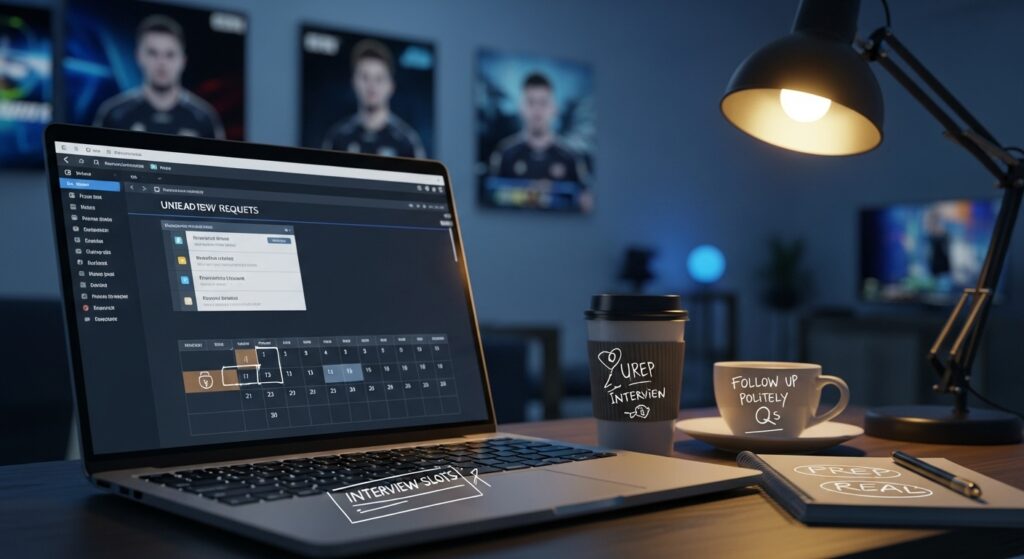
I’m not magic. I’m persistent. And weirdly patient. Most people think interviews are like: request, confirm, show up, chat. That’s adorable. Here’s what I’ve learned after years in the inbox trenches.
The pitch that doesn’t get ghosted
- I keep it short. “15–20 minutes; no gotcha questions; audio-only if you want; you approve quotes if it gets spicy.”
- I say what the angle is. Not “your journey,” please no. Something specific: how they read the meta, how they manage tilt, how they call mid-round, how they juggle sponsors without losing their soul.
- I mention timing and platforms. “This will go live after your group stage.” Players relax when they know I won’t sandbag them before a big match.
- I offer flexibility. Phone, Discord, Zoom, whatever doesn’t make their ping cry.
My pre-call checklist (aka: the sanity board)
- Confirm time zones twice. If someone says “9,” ask “your 9 or my 9?” I have apologized to Sydney too many times.
- Check patch notes. If the game changed yesterday, half my questions are now compost.
- Watch their latest VOD review and one full scrim. Note their comms if they’ve shared them. If they play like a surgeon, ask about patience. If they play like a rabid raccoon with a rocket, ask about risk.
- Prep dumb, soft openers. “Favorite map?” “Least favorite snack during bootcamp?” It breaks the PR glaze.
- Record a local backup. Cloud fails when confidence rises. Always does.
The sound problem no one wants to talk about
Most pros don’t have a podcast studio. They have a gaming cave with a fridge that hisses like a snake. The number of hours I’ve spent cleaning background hum? I could have learned two languages and a card trick. If you care about interviews that don’t sound like they were recorded in a bathroom, a proper guide helps. This one saved my brain: pro streamer setup with low latency and clean audio (single vs. dual PC). It’s written for streamers, but it’s a gold mine for interviewers too. I send it to rookies who think the mic on their headset is “fine.” It’s not. It’s a potato with a wire.
What players actually say when no one’s watching
Let me be clear: players are not robots. They are not brand slogans with hands. They’re mostly kind, often tired, sometimes snarky humans who live in a pressure cooker. If you read the official lines—“we’re taking it one game at a time,” “credit to the other team”—you’re not hearing them. You’re hearing PR.
If you want the real stories, you need context. And a little trust. I’ve had top-tier IGLs describe how they run mid-round calls like it’s a tiny orchestra in their head. I’ve heard supports talk about burnout and why they learned to say no to late-night scrims. I’ve had duelists admit they play worse when their chair is too high. The chair. They’ll go 20–4 if the lumbar support is right. Chaos theory with armrests.
Also, pro players read the room. When the camera is off, they’ll tell you power dynamics inside the org. How a coach earns respect. How an analyst gets ignored if they dump a 40-slide deck at 2 AM. Why the meta is slower because everyone’s terrified of throwing away a lead. It’s politics and patch notes, in equal measure.
If you’re new to this space and wondering what the big deal is with esports—start simple. Here’s a decent primer on the term itself: What “esports” actually means. And for the mainstream lens (with actual editors and a standards desk), there’s the beat coverage here: BBC Sport’s esports section. It’s not perfect, but it’s fair.
Tournament weeks: no sleep, high stakes, weird snacks
During LAN weeks, interviews are brutal. Everyone’s schedule is a Jenga tower. There’s jet lag. There’s hotel Wi‑Fi that dies if you breathe near it. I bring a tiny USB mic and a cheap foam screen because I’ve recorded in stairwells. Not glamorous. Quiet.
Players in tournament mode talk about very simple things: sleep, food, routine. They cling to routine like a lifeline. Same hoodie, same crosshair, same energy drink at the same time. Superstition? Sure. But it’s also control. When everything else is chaos—crowd noise, stage heat, desk height—routine is the one lever they can pull without asking permission.
My interview playbook (very scientific, highly peer-reviewed by no one)
Warm-up questions that don’t sound fake
- “What did you learn this week that surprised you?” Open, not threatening.
- “If I stole your mouse for a day, what would break?” Reveals habits and hardware quirks.
- “You get 10 minutes to coach your past self from last split. What do you say?” Forces them to prioritize.
- “Which teammate would survive a zombie run? Which one gets eaten first?” Team chemistry in a joke suit.
The real ones (asked gently, answered honestly)
- “How do you handle tilt when a teammate fumbles?”
- “What’s your process for reading the meta after a big patch?”
- “What’s the one sponsor ask you wish you could decline?”
- “What did your last bootcamp fix, and what did it make worse?”
Follow-ups I use like a scalpel
- “Can you give me a concrete example?”
- “What did that feel like in the moment?”
- “What would your coach say about that?”
- “So… was that a misread or bad luck?”
Cheat sheet table: situations, what works, what backfires
| Situation | What works for me | What backfires hard |
|---|---|---|
| Right after a loss | Short, gentle, one big question; save the rest | Interrogation tone, stat dumps, blame bait |
| Right after a win | Ask about tiny decisions, not “how does it feel” | “How does it feel?” Sorry. It feels good. Next. |
| During bootcamp | Schedule around scrims; keep setup simple; bring snacks | Long theory talk after a 10-hour day |
| Patch week | Focus on adaptation process, not predictions | Demanding take-makes on an unstable meta |
| Content day (sponsor shoots) | Accept time slips; keep humor ready; know PR’s limits | Arguing with handlers; pushing off-script too fast |
Editing without killing the soul
I’ve always found that players open up when you promise not to hang them with a clumsy edit. So I trim stutters and “ums,” but I keep the human beats. If someone stumbles because they’re thinking, that stays. If they mis-say a stat, I fix it with a bracketed note. If they drop something truly off the record, I cut it and don’t hint at it. Trust matters more than a spicy headline.
Some orgs want quote approval. I don’t love it, but I get it. I’ll send exact lines, not the whole piece. They can correct wording, not meaning. The line is thin. You learn to stand on it without falling off both sides.
The small moments you never see on stage
One time, a star rifler paused mid-answer because a teammate slid a bowl of noodles into frame like it was a Michelin course. We kept that bit in. It said more about team culture than any “we’re a family” line could. Another time, a coach wrote notes on a sticky pad during our chat and then stuck it to his forehead because he kept forgetting the point. I laughed so hard the mic clipped. He sent me an apology DM. I sent him a limiter guide.
Also, parents. People forget how many pros started as kids. I’ve had moms pass by camera and whisper “thank you for being nice.” I keep a soft spot for those players. They grew up in public. That’s wild and we pretend it’s normal.
The questions PR hates but players respect
- “What’s one team that out-prepped you this season?” Specific, accountable.
- “When did you last change your comms structure and why?” Process > vibes.
- “Who calls timeout and who actually talks during it?” Roles are messy.
- “What’s one thing fans get wrong about your role?” Correct the record.
Gear and settings that saved me from audio purgatory
I’m not an audiophile. I just like not suffering. Here’s my simple kit that works even in hotel closets:
- Dynamic mic with a simple interface. Condensers are too honest in loud rooms.
- Foam screen or a pillow fortress. DIY is fine. Silence is gold.
- Headphones. No speakers. We don’t need echo from your favorite playlist.
- Local recording plus a cloud backup. If you trust the cloud alone, I respect your optimism and nothing else.
- Push-to-talk check. Discord loves picking up that chair squeak like it’s the lead singer.
Quick reference table: my minimal interview setup
| Item | Why I use it | Cheap alternative |
|---|---|---|
| Dynamic mic | Rejects room noise, sounds “radio” enough | USB dynamic mic with foam cover |
| Audio interface | Stable levels, no weird USB gain spikes | Clean USB interface or even a solid USB mic |
| Pop filter/foam | Saves the P sounds from blowing out | Old sock over the mic (yes, really) |
| Room treatment | Cuts echo; blanket forts are science | Closet full of clothes = instant studio |
| Backup recorder | Redundancy. Because fate is petty. | Phone voice memo as a safety net |
And one more thing: if a player’s using a dual PC setup for streaming, latency gets weird fast. That’s where the pro streamer setup with low latency and clean audio guide I mentioned earlier earns its keep. I’ve sent it mid-call. Fixed a hiss in five minutes. Felt like wizardry. It was just good gain staging.
When stuff goes sideways (because it will)
Canceled last minute? Happens. I keep two backup stories on deck and a “rain check” tone that’s calm, not salty. Net issues? I ask them to record local audio and Dropbox it later. If we have to, we swap to audio-only and ditch video. People talk better when they’re not staring at themselves anyway.
Emotional crash? Sometimes a player just needs five minutes. I offer it. I say, “We can stop.” Humanity first, content second. I’m not farming pain. If they come back, they’re often more open. If they don’t, we reschedule. Pretty simple rule: the microphone is not a trap.
The business part nobody likes to discuss
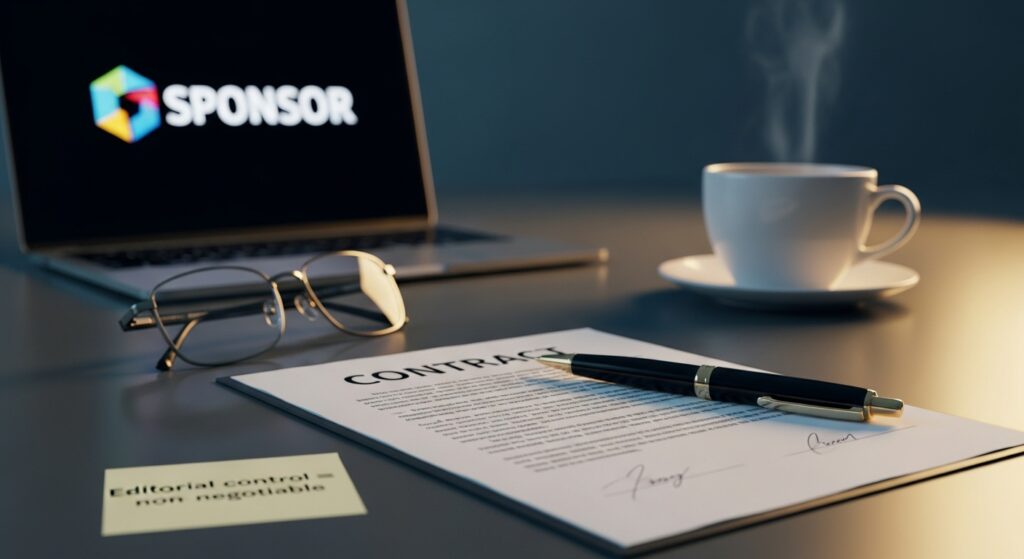
Most of my work is self-funded. Sometimes an org flies me out or gives a pass. I disclose it. I keep editorial control. When a sponsor wants a say, I keep them on the format, not the words. They can help me book a room, not pick a quote. If that means I lose a deal here and there, fine. I sleep better. Sleep is good. Despite what scrim hours say.
How I get past the cliché answers
You know those rinse-and-repeat lines? “We’re focusing on fundamentals.” “We’ll review the VOD.” Real but empty. I don’t fight them head on. I pivot to the detail level where clichés can’t breathe.
- “Show me the exact drill you ran after last week’s loss.”
- “Walk me through the comms between round 7 and 8.”
- “What did the analyst table change in your prep doc?”
- “Whose idea was the eco? Who argued against it?”
Once they realize I actually care about their craft, not just the headline, the walls drop. Slowly, then all at once.
Players are people, not content machines
I’ve had pros tell me they’re scared of losing the love of the game. Too much grind. Too many flights. Too many people looking at them like an algorithm with hair. A lot of my job is giving them a safe place to talk like a normal person. About pizza. About their dog. About calling their dad after a win. Small, human stuff. It reads better than any hot take anyway.
Yes, I do the “exclusive” thing. Carefully.
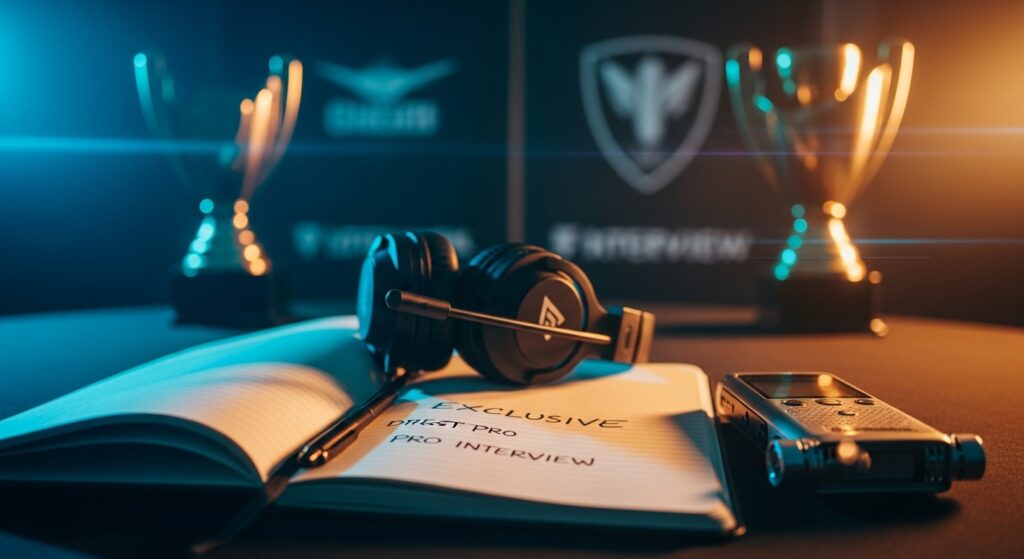
I don’t gatekeep. But I protect. When I promise an exclusive piece, I try to deliver something with texture. Not just “they said a thing first.” More like: this is the first time they explained how they rebuilt confidence after a slump. Or how the team rebuilt mid-round calls after losing their IGL. That’s worth protecting. It respects the player and it respects you reading it.
By the way, attaching the phrase exclusive interviews with pro gamers to every headline is cheap. I’ve done it. We’ve all done it. What matters is what’s inside the piece. Does it sound like a human? Does it teach you something you couldn’t guess? If yes, cool. If not, it’s just a longer press release with a selfie.
Stuff I wish someone told me on day one
- Silence is a tool. Ask, then wait. Count to five. Let them fill it.
- Let them finish a thought, then circle back. Don’t wrestle the wheel.
- Names matter. Pronounce them right. If you’re not sure, ask.
- Confirm off-the-record boundaries before you start. Saves drama later.
- Don’t chase virality. Chase honesty. The rest happens or it doesn’t.
Little glossary I use when readers DM me “what’s that?”
- Scrim: practice match. Not public. Often messy. Very useful.
- Bootcamp: intense training period, usually in a shared house or facility.
- LAN: live event, everyone in the same place, no home ping excuses.
- Meta: the current best strategies and picks that win often.
- Patch: a game update that changes balance or fixes stuff.
Why I still love this after ten years
I’ve seen players go from teenagers in bedrooms to adults on big stages. I’ve seen teams implode over headset mics and rebuild over coffee. I’ve asked dumb questions and learned better ones. And every time I sit down for another chat, I remember the best part: people letting me in for a minute. Sharing how they think. How they adapt. How they keep going when the crowd goes quiet.
That’s why I care about exclusive interviews with pro gamers done the right way. Not because it’s a shiny label. Because when you do it right, you capture something real. Small and honest. It sticks.
FAQs
- Do players get to approve your interviews? Sometimes quotes, not the whole piece. I keep control of the final edit, but I correct obvious mistakes.
- How long is a normal interview? 15–30 minutes for quick hits. Deeper profiles go 45–60. After that, brains leak out ears.
- What gear should I buy if I’m broke? A USB dynamic mic, cheap foam, headphones. Record local. You’re 80% there.
- How do you book big names without an agent? Polite DMs, clear angle, flexible timing, and not being a pest. Takes time. Be normal.
- Can I start with written questions by email? Sure, but answers are bland. Voice calls get better stuff. Even audio-only beats text.
Anyway. I’ve got a call in 10 and a cat sitting on my notes. If this read like a friend ranting over coffee, good. That’s how it felt writing it. And yes, I’ll bring snacks to the next bootcamp. Someone has to.
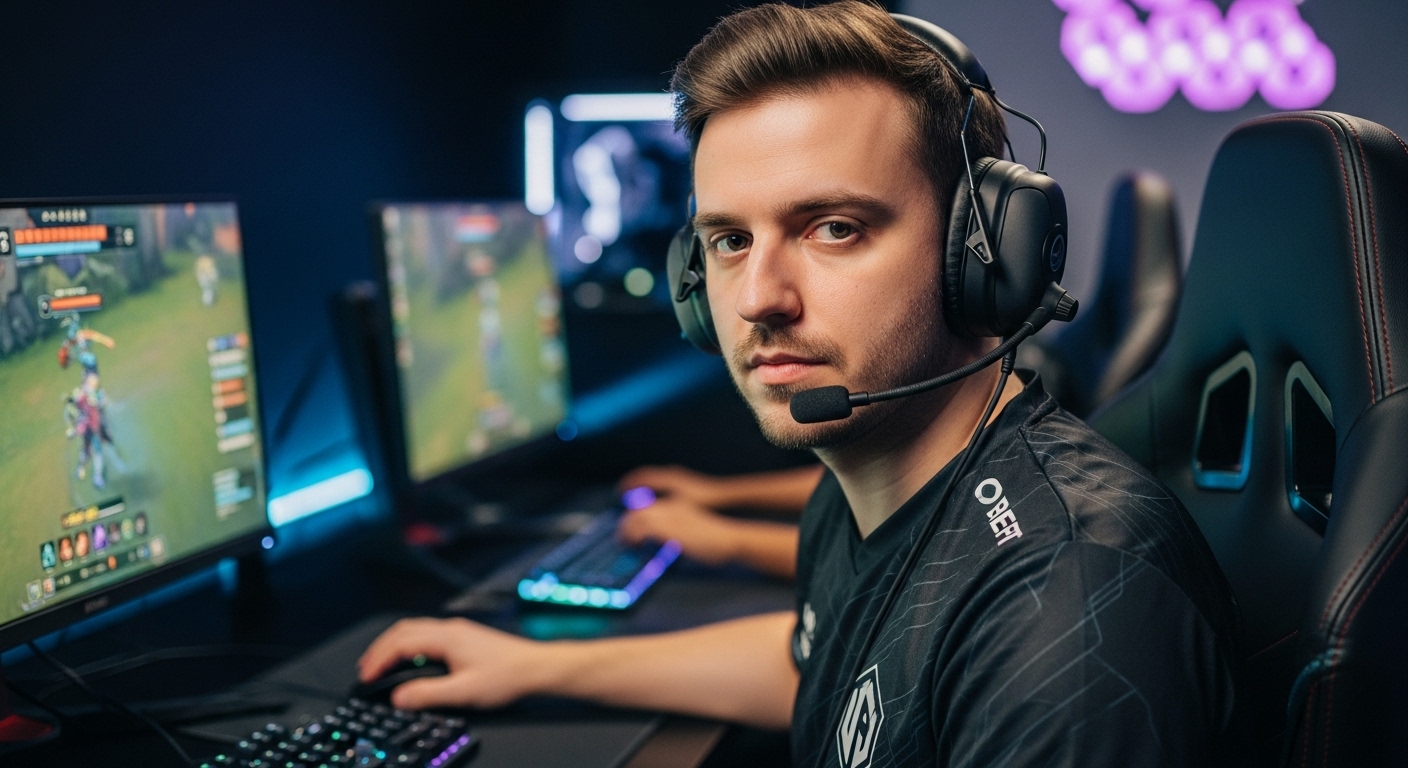
John | Your source for Esports, Battle Royale, Role-Playing, Retro Games, and Gaming Gear. Let’s Enjoy!

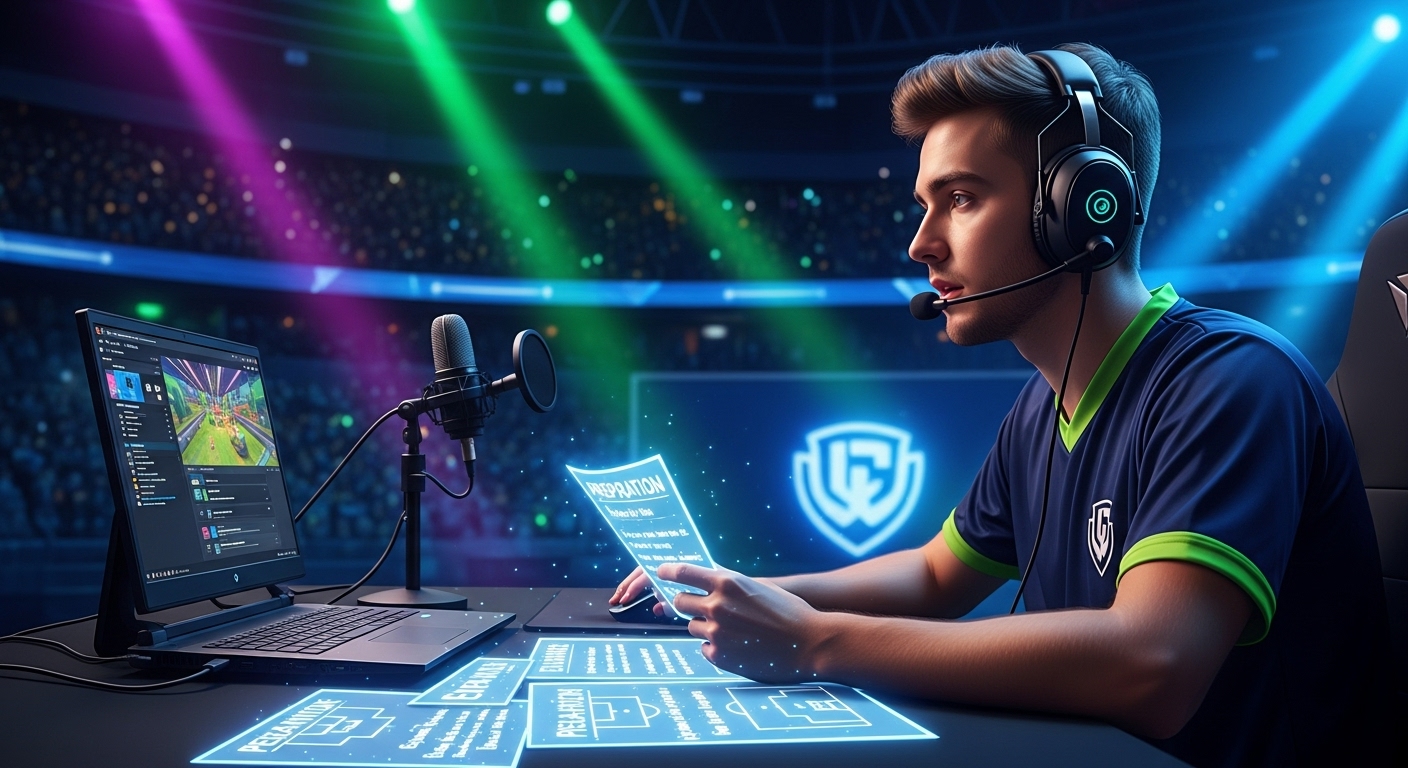
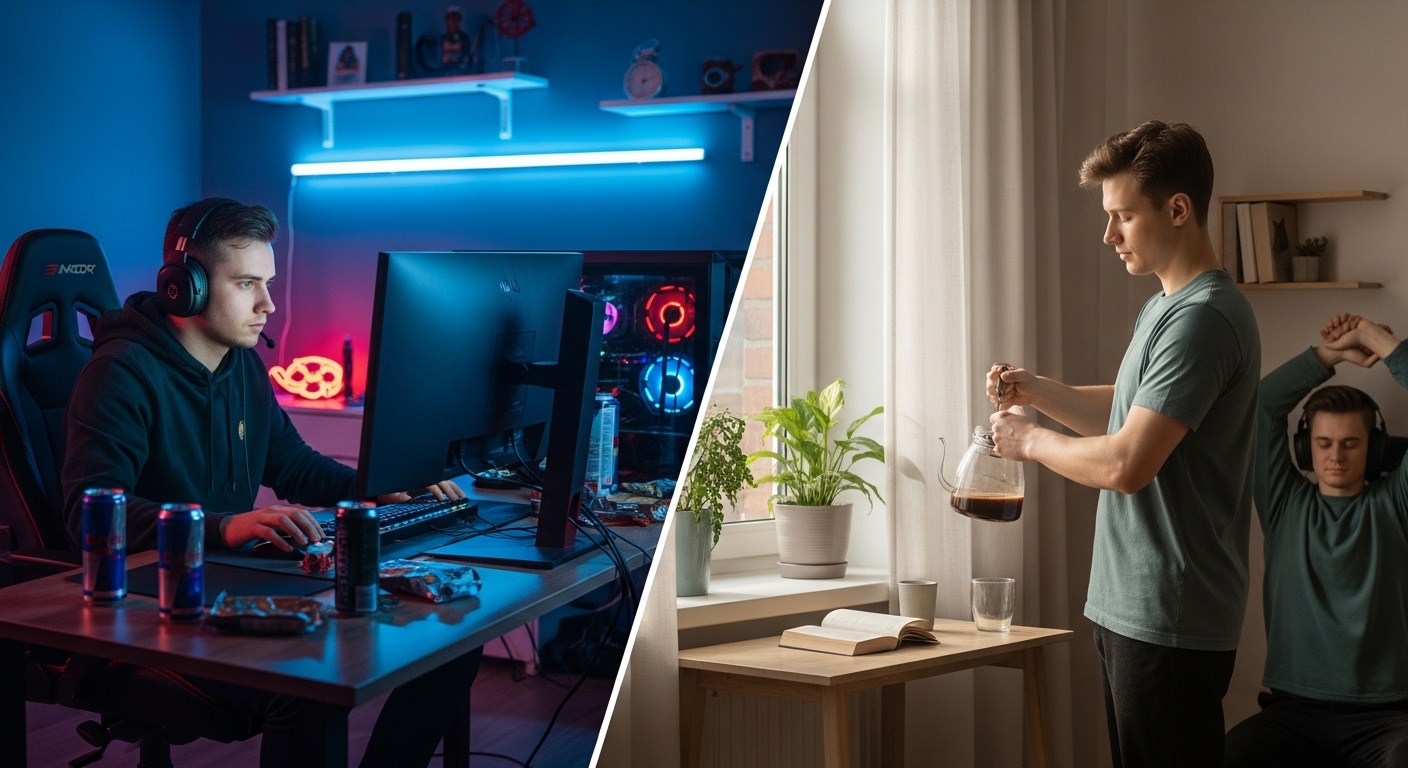
This is an eye-opening glimpse into the behind-the-scenes of pro gamer interviews. Really insightful and entertaining read!
This is a behind-the-scenes look into the chaotic world of pro gamer interviews. It’s fascinating to see the real, raw moments.
Super insightful tips on interviewing pro gamers. Love the emphasis on authenticity and preparation! Great read for any esports fan.
This article has fantastic insights into the world of pro gamer interviews, love the realness and authenticity shared here!
Love the behind-the-scenes look at interviewing pro gamers. Real connections over generic questions, nice touch!
This article provides valuable insights into the world of pro gamer interviews. Interesting and informative read.
Interview tactics for pro gamers are insightful! Clean audio guide is essential for quality content. Love the behind-the-scenes perspective.
Interesting insights on pro gamer interviews, it’s all about preparation, sound quality, and authenticity. Real talk, indeed.
Do pro gamers prefer specific snacks during bootcamp? Do they have quirky habits before competitions?